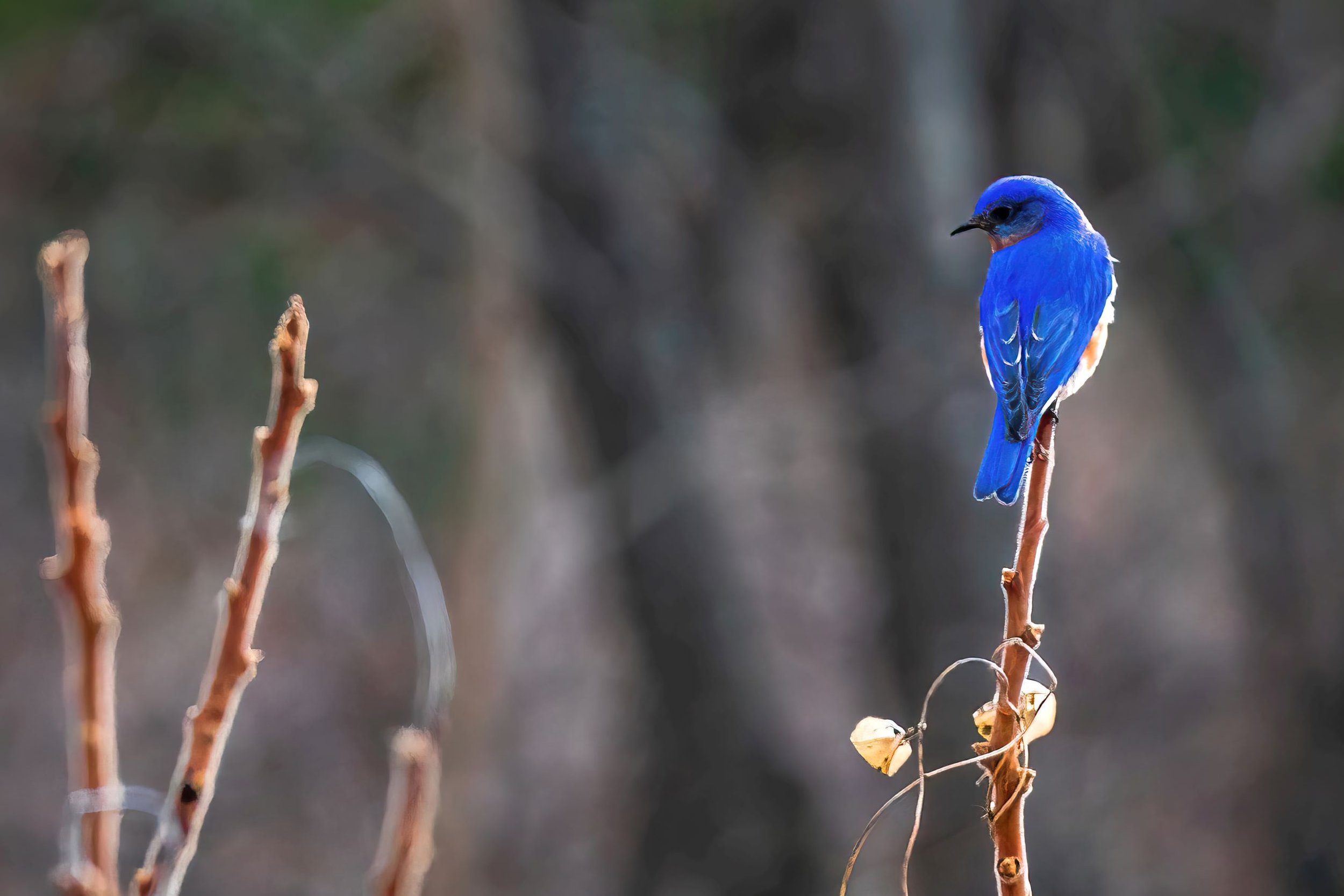Beginner Tips for Bird Photography
Since winter has officially passed us (right? … RIGHT??!) I’m getting excited to head out for some photography that doesn’t require hand warmers. If you’re looking for some motivation to grab your camera as well, this is the perfect time to start planning some bird photography.
Spring is a wonderful season for bird photography as it marks the time when many bird species return from their winter migration. As the weather gets warmer and the days get longer, it's the perfect opportunity to capture stunning images of local birds in their natural habitats. Whether you're entirely new to bird photography or just looking for a refresher, here are some beginner tips that can help you make the most of your time in the field.
Use the Right Lens
The first step in successful bird photography is to use the right lens. A telephoto lens is essential for capturing birds at a distance, as it allows you to zoom in and capture fine details. A focal length of at least 300mm to 400mm is a good starting point for bird photography. I use my Sigma 100-400mm anytime I attempt bird photography and generally do pretty well. If you are capturing from a greater distance, you may want to go for a 600mm lens to get even closer to your subject. You might consider renting a telephoto lens to try out if you’re not sure what the best option is.
Camera Settings
When it comes to camera settings for bird photography, it's important to have a fast shutter speed to freeze the bird's motion. A minimum shutter speed of 1/1600th of a second is recommended, and even faster if the bird is in flight. It’s not uncommon to shoot between 1/2500th and 1/3200th of a second.
An aperture of f/5.6 to f/8.0 is ideal for bird photography, as it allows for a shallow depth of field and helps blur the background, while keeping the focus on the bird.
Finally, use ISO to balance the exposure of the shot. A low ISO of 100-400 is a good starting point, but if you're shooting in low light, don’t hesitate to increase it. You can always clean up noise in post-production if necessary.
Just remember to have your settings ready before you start scouting. Take some test shots as you move to new areas. The last thing you want to do is spot a bird, then realize you need to adjust your settings. Chances are, you could miss the moment as birds often don’t stay in one place very long.
The key to settings is to experiment. Conditions and lighting will always dictate which settings are best, but the above suggestions are a good starting point.
Focus Method
In terms of focus, many photographers prefer manual focus, as it gives them greater control over the focus point. However, modern autofocus systems are very advanced and can accurately track moving birds, making it a popular choice for bird photography. If you're using autofocus, it's important to set it to continuous focus mode, which will help keep the bird in focus as it moves around.
Best Time of Day and Locations
The best time of day for bird photography is early in the morning or late in the afternoon. This is when the light is soft and warm, which can make for stunning images. Birds are also more active during these times as they search for food or mate. You can also take advantage of the golden hour, which is the time just after sunrise or just before sunset when the light is particularly beautiful.
When it comes to locations for bird photography, the possibilities are endless. You can visit local parks, nature reserves, or even your own backyard. Look for areas with a lot of bird activity, such as trees, bushes, or bodies of water. You can also research the types of birds that are common in your area and plan your photography trips accordingly.
One of my favorite areas to find birds is along the edges where a field meets the woods or forest. These transition zones tend to be teeming with wildlife.
Personal Benefits
Finally, spending time in nature and taking photos of birds can be incredibly therapeutic and rewarding. It's a great way to disconnect from the hustle and bustle of everyday life and enjoy some quiet time in nature. Bird photography can also help you learn more about the natural world and appreciate the beauty of the creatures that inhabit it.
I hope this motivates you to pick that camera up and head outside. Spring is an exciting time for bird photography, and with these beginner tips, you can capture stunning images of local birds in their natural habitats. Remember to use the right lens, adjust your camera settings, choose the right focus method, and plan your photography trips for the best times and locations. And don't forget to take a moment to appreciate the beauty of nature and the personal benefits of spending time in the great outdoors.





